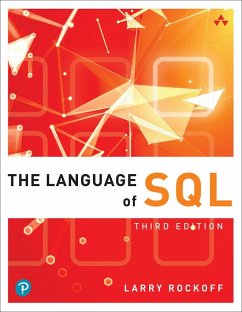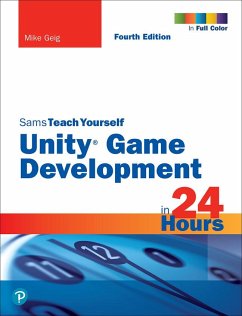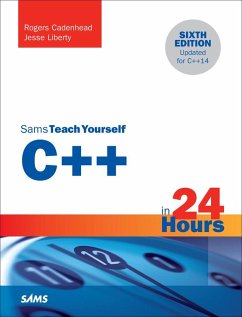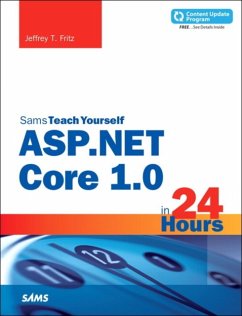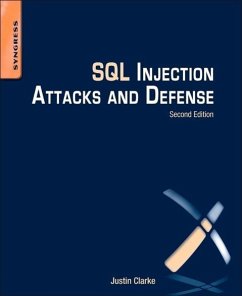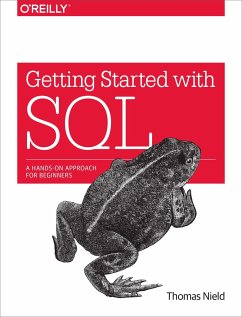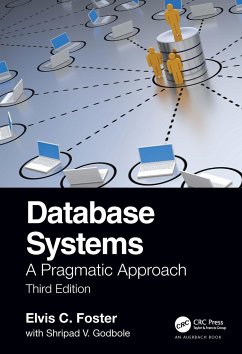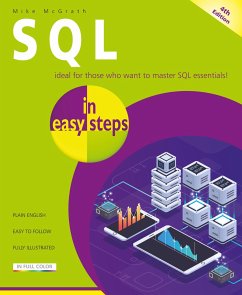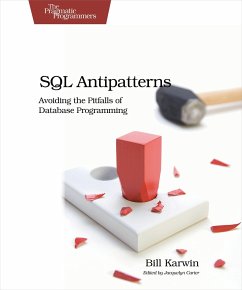
SQL in 24 Hours, Sams Teach Yourself
Versandkostenfrei!
Versandfertig in 2-4 Wochen
36,99 €
inkl. MwSt.
Weitere Ausgaben:

PAYBACK Punkte
18 °P sammeln!
In just 24 lessons of one hour or less, Sams Teach Yourself SQL in 24 Hours helps you use SQL to build effective databases, efficiently retrieve data, and manage everything from performance to security. This Seventh Edition is thoroughly revised and reorganized for faster learning and a deeper understanding of modern SQL development. Based on standardized SQL throughout, it teaches using new sample code based on the free, easy-to-use Oracle Database Express (XE). You'll find more hands-on examples than ever, culminating in an all-new Bonus Exercises Workshop with even more real-world practice....
In just 24 lessons of one hour or less, Sams Teach Yourself SQL in 24 Hours helps you use SQL to build effective databases, efficiently retrieve data, and manage everything from performance to security. This Seventh Edition is thoroughly revised and reorganized for faster learning and a deeper understanding of modern SQL development. Based on standardized SQL throughout, it teaches using new sample code based on the free, easy-to-use Oracle Database Express (XE). You'll find more hands-on examples than ever, culminating in an all-new Bonus Exercises Workshop with even more real-world practice. This guide's straightforward, step-by-step approach shows you how to work with database structures, objects, queries, tables, and more. In just hours, you will be applying advanced techniques, from transactions and joins to complex data retrieval using views and subqueries. Step-by-step instructions carefully walk you through the most common SQL tasks. Practical, hands-on examples show you how to apply what you learn. Quizzes and exercises help you test your knowledge and stretch your skills. Notes and tips point out shortcuts and solutions. Learn how to... * Master core relational database concepts, SQL concepts, and language components * Clearly understand your data * Set up databases and plan efficient database designs * Define entities and relationships, establish data structures, and create database objects * "Normalize" raw databases into logically organized tables * Edit relational data and tables and manage transactions * Write effective, well-performing queries * Categorize, summarize, sort, group, and restructure data * Work with dates and times * Join tables in queries, use subqueries, and combine multiple queries * Optimize performance with indexes and other techniques * Administer databases and manage users * Secure databases and data




